In recent years, energy efficiency has become a hot button topic across the world. And while remembering to turn off your lights and switching of power outlets is a good place to start, Dan Williams – along with his co-founder, Josh Eadie – developed measurable.energy and the m.e platform to make it even easier for you to analyse exactly how and where you are using energy. We spoke with Dan earlier in August to find out more about the UK-based startup.
MEASURABLE.ENERGY

Measurable.energy (m.e) focuses on controlling small power – sometimes known as plug load power – which can account for up to 40% of commercial buildings’ energy consumption, and is often regarded as uncontrollable. Up to 50% of small power is wasted on average, from monitors left switched on or in standby to large water heaters and devices being kept on overnight for no significant reasons.
Tell us a little bit about your background and interest in sustainability technology and environmental engineering.
I’ve always been focused on making positive changes to the world by using technology. My first role in this space was working with Microsoft’s global sustainability team where I completed my PhD in understanding and quantifying the environmental impacts of software technologies. I turned my published PhD outputs into a service offering through my consultancy Qingtech, working with BBC and Google to help them scientifically understand their technology impacts and how to manage them.
What advice would you give to companies that remain hesitant to kickstart their digital transformations?
After working with the likes of BBC, Google and Microsoft for several years, it became apparent to me that one of the simplest blockers to good energy and sustainability management was the measurement and control of electricity. Even with smart data centres, smart devices and even smart coffee machines – without the ability to measure power – it was always a guess at how much power was being used (or wasted). What became even clearer was the sheer amount of energy (and emissions) wasted by devices being left on, in standby or in error. Plug-in meters can solve the problem locally, but aren’t appropriate for mass scale monitoring and control. I met Josh Eadie whilst mentoring PhD students at University of Reading. He inspires people to think about technology and made me question why it was so expensive or hard to have power measurement in every plug, device or socket. A week later, he 3D-printed our first m.e Power Socket prototype, and from that awesome moment of realisation we started growing our business.
In recent years we’ve all seen a rise in the use of smart meters or plug-in power monitors, what are the biggest flaws with these systems and how does measurable.energy address them?
Smart meters that you find being installed in your house or those in commercial buildings are great at measuring and digitising your whole building’s energy consumption. What they don’t offer is an understanding of what is plugged-in or a way to control that load. Even smart meters with ‘machine learning’ capabilities that can guess the load aren’t very accurate and still have no control method. Plug-in power monitors are a good way to assess one device and even control it, but they are expensive, can be removed and most aren’t accurate enough to offer ‘billing grade’ monitoring. That’s why we focus down to the power socket. It covers everything and isn’t manufacturer specific, It provides the ability to measure each device plugged-in, control that device and allow granular management of energy loads that have never been seen before.
How much control will building owners and occupants have over what gets turned on/off based on m.e’s machine learning framework? Might adopters ever encounter situations where equipment is turned off while in use?
Our main aim is not to annoy or get in the way of people and their use of devices. Rather, there are several features of the m.e platform that allow occupants and system administrators to tailor the system to their needs and never encounter a situation where power isn’t being supplied. The simplest is offering users an interaction with our machine learning system’s output, for example, if we think your desktop computer is not being used, our application will ask you first before it turns it off.
Our ‘tap for power’ system also allows users to interact with m.e power sockets. It’s a bit like Google or Apple Pay, where you can tap your phone to an m.e power socket to register yourself. This can be set to turn your sockets on, off or set a timed period of use. It’s a good way of overcoming wasted energy, but it’s also a great security method for building owners.
Are there any types of devices or building infrastructure that m.e’s sockets will not be able to accurately track and manage? If so what are they and why is that the case?
In short, no! We cover power sockets, fused spurs, extension cables and any other power supply mechanism.
What is the ideal use case for m.e’s technology? Is it as effective in large buildings with high energy consumption as it is in small scale scenarios like homes?
Wasted energy and GHG emissions exist everywhere and we plan to offer our technology to any situation where power is used. Within a commercial building, we find that there’s a very obvious amount of wasted energy that can be simply controlled. That’s better for us an early-stage business now as it offers us a scale to grow against. Over the next few years, we’ll be able to offer homes, flats and industrial units our technology too. With electricity tariffs becoming more flexible and variable in the home as well as the commercial building, our technology will further enhance savings by targeting use too.
Sustainability technologies are utilising IoT capabilities more and more and with more connected devices comes more security risks, how do you take steps to ensure your hardware and software are secure and safe for building owners and occupants?
We build our own hardware and software which immediately gives us an advantage and allows us to control all of our technology vulnerabilities. We’ve started with security in mind by encrypting everything at the chip level, instigating multi-factor authentication login and carefully controlling what can control our devices. We’re continually expecting someone to hack us and we update hardware and software almost weekly to combat any new attack vectors.
To prove we’re doing what we say, we’ve followed the UK government’s ‘best practices for IoT devices’ and received both the IASME IoT assured certificate and Cyber Essentials.
Following the Paris Agreement and the fast approaching 2050 Net Zero target, have you noticed any significant changes in the sustainability tech, and by extension the IoT, landscape? What change would you still like to see in the future?
I think that sustainability technology focused on renewable energy generation and battery technology has increased yes – it’s brilliant! But I think there’s a lack of focus on hardware for everything else that’s used in life. I’ve noticed quick win approaches from software only solutions, but hardware must be focused upon if we’re truly to reach our future Net Zero goals.
What have been the biggest benefits and challenges in developing your business in the UK? What lessons have you learnt? What advice would you give to other founders embarking on this journey?
The biggest benefit for us has been the UK’s general lean towards sustainability in the past few years. This has made our job a lot easier as we don’t have to remind people why we’re focused on saving the planet. The UK’s lack of affordable massive scale hardware manufacture has certainly thrown a few challenges at us. We want to make our product as low environmental impact as possible, and as affordable as possible to save energy and provide a payback to our customers. These two approaches are currently at odds with each other however!
For anyone else starting out, take the harder path, it might take longer, but the rewards are much better.
What are your plans for measurable.energy in the next 12 months?
We’ve recently secured a significant investment in our company and are now in full on scale-up mode. We’re looking to develop our supply chain, build up our team and find our launch customers in early to mid-2022.



